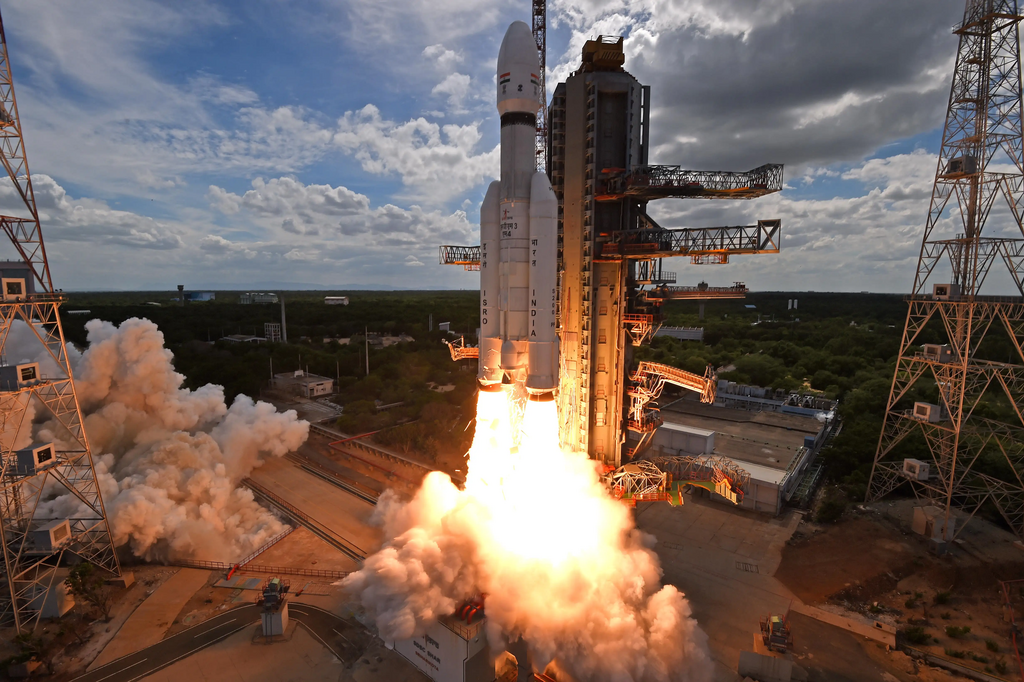Cosmic competition: India and Russia’s competing lunar launches

The Chandrayaan-3 Launch from Sriharikota, India.
Anna Johnson - The first space race pitted Cold War enemies Russia and the U.S. against each other in a proxy conflict to show material strength. Russia was the first to send a man into space but the U.S. was, and remains, the only state to put a man on the moon. This conflict played out on the international stage with millions of people tuned into its climax with the moon landing in 1969. Quietly though, Russia has been racing against another state to reach the moon again, this time to land an unmanned craft near the moon’s south pole.
India launched its lander, Vikram, and rover, Pragyan, as part of its Chandrayaan-3 mission on July 14th. The craft landed in the moon's southern region on August 23rd, cementing India in lunar history as the fourth state to reach the moon. With a much smaller space program than the U.S., China or Russia, India’s success is a point of tremendous national pride and is a projection of relational power. By competing with international superpowers’ space programs, India’s space program has catapulted itself into a new league of competing states. On August 11th, Russia also launched a lunar mission, just weeks after India. But its launch was much less successful. The Luna-25 spacecraft crash-landed into the moon’s surface on August 20th, rendering the mission a failure. The launch itself was years in the making and Russian scientists rushed to try and beat India to the moon’s surface. Russia’s relational power has been in decline since it invaded Ukraine in early 2022. Luna-25’s failure to successfully land on the lunar surface is a missed opportunity to reestablish Russia as a major player in space exploration and further weakens the state in relation to other space-faring states.
International relations in space have always been complicated and the fraught relationships among the U.S., Russia, India and China are muddling those relations further. Under the Outer Space Treaty, no state can claim sovereignty in space and therefore, no one can enforce boundaries in space. Thus far, states have been able to put aside their terrestrial conflicts to cooperate in space as with the five states involved in the International Space Station. But, while space can only be used for scientific exploration and peaceful purposes, space launches are powerful symbols of power states use to gain relevance and relative power on the international stage.
Image Credit: Indian Space Research Organization (GODL-India), GODL-India, via Wikimedia Commons

